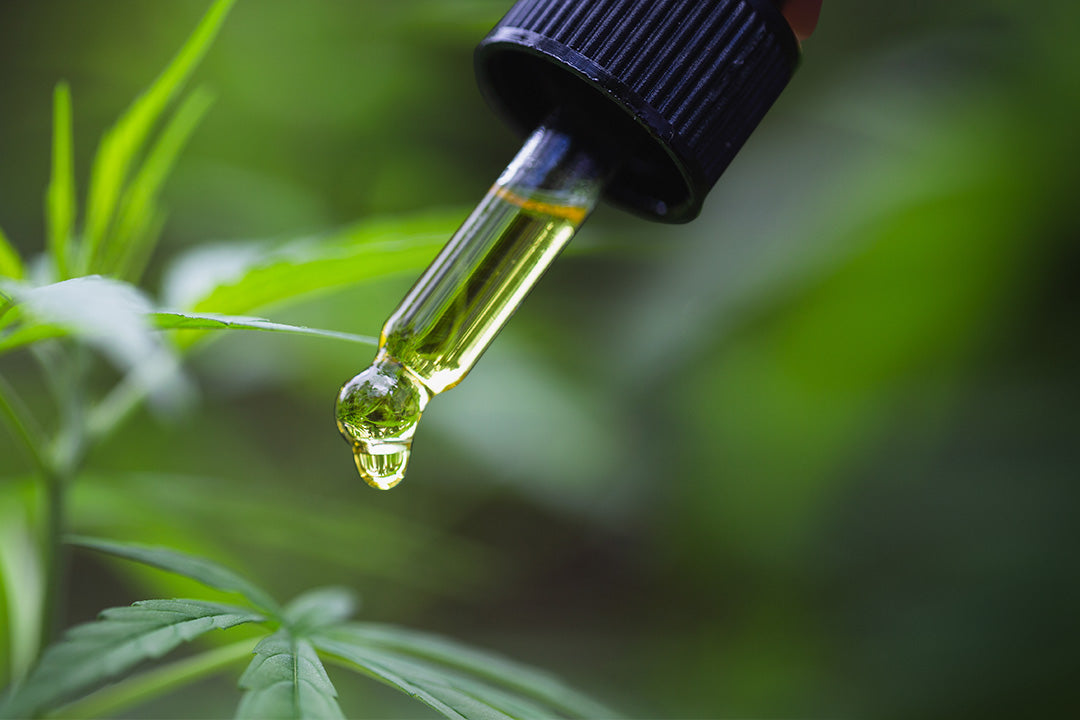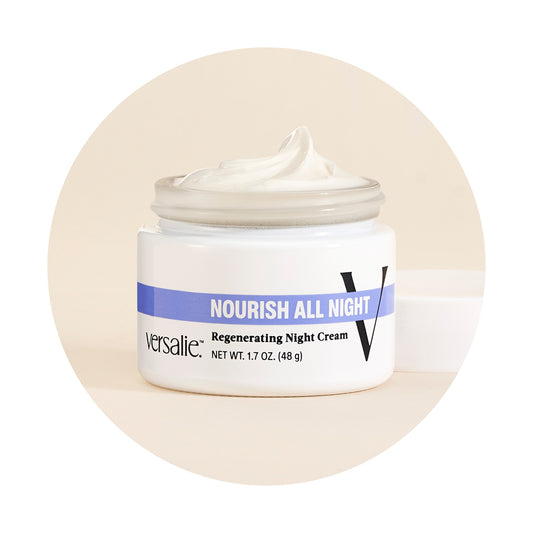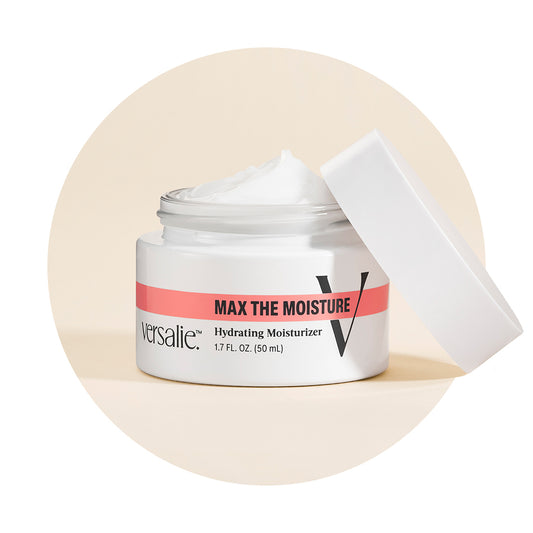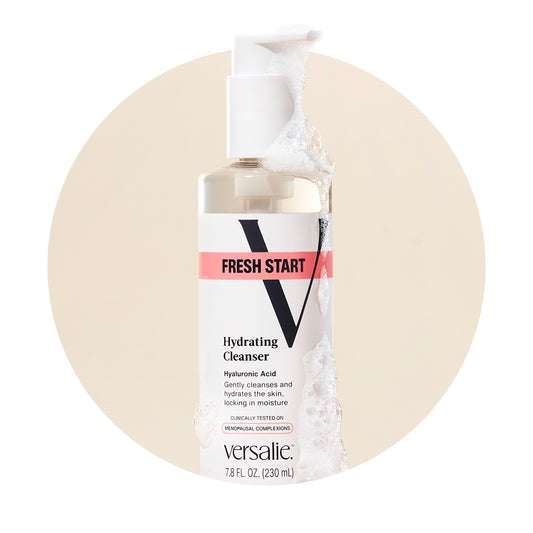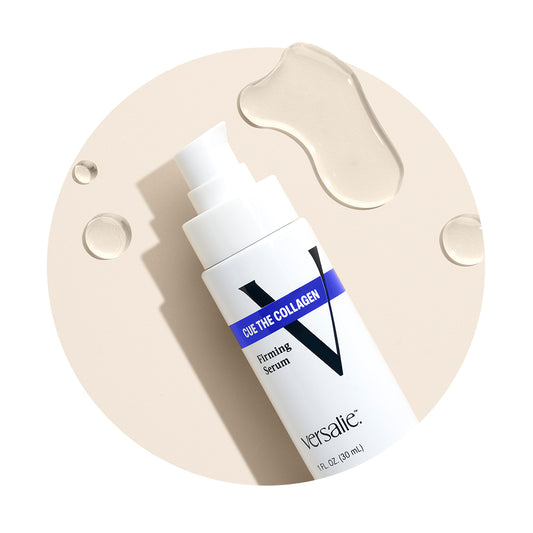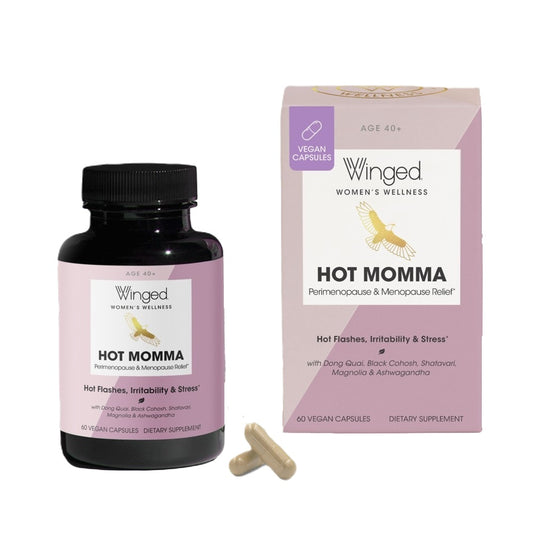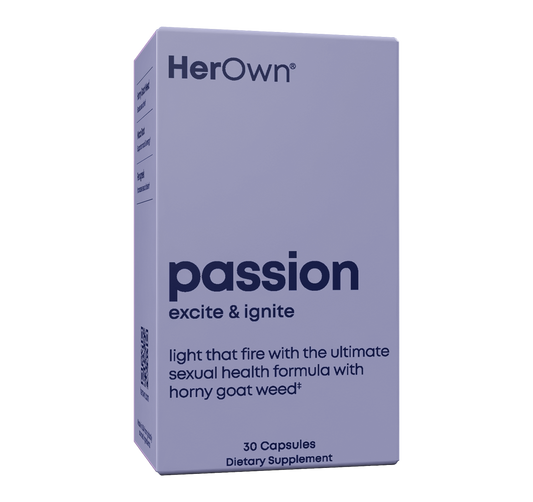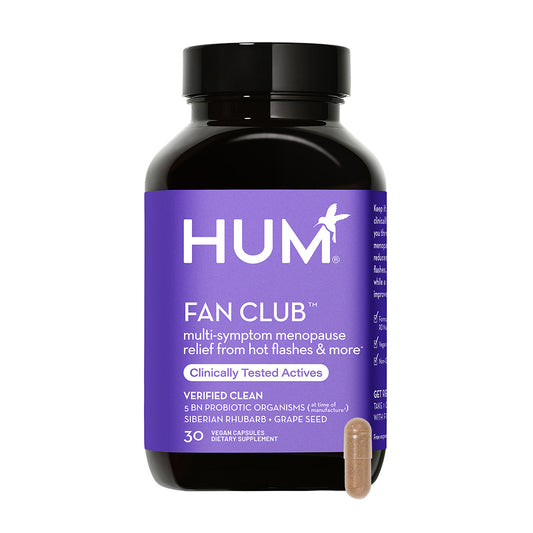The hormonal changes associated with menopause are accompanied by a range of symptoms that can impact physical and emotional health, as well as your overall wellbeing. While menopause hormone therapy (MHT) is a common treatment for menopause symptoms, many people are curious about and looking to alternative therapies such as cannabidiol (CBD) to help manage their symptoms.
What is CBD?
CBD is a one of more than 100 compounds found in the cannabis plant — Cannabis sativa. It can be derived from hemp or non-hemp cannabis plants. Hemp plants are defined as having no more than 0.3% THC (tetrahydrocannabinol) — the mind-altering substance in marijuana that produces a “high”.
While the two terms are sometimes used interchangeably, cannabis refers to all products from the Cannabis sativa plant and marijuana refers to products from the Cannabis sativa plant that contain more 0.3% THC.
CBD is non-psychoactive and does not produce any mind-altering effects. CBD is most often made from the leaves and flowers of the plant and can be found in many consumer products including oils, lotions, capsules, and cosmetics.
How does CBD work?
Our body has a system called the endocannabinoid system. It’s a complex network that’s located in the brain, other organs, and tissues throughout the body. It’s made up of cell receptors, called cannabinoid receptors, and neurotransmitters (the body’s chemical messengers).
Cannabinoid receptors are involved in:
- Mood regulation
- Immune system functioning
- Pain sensation
- Sleep
- Memory
- Fertility and reproduction
- Temperature regulation
- Appetite
Do any of these sound familiar? Do some of these sound like some of your menopause symptoms?
There are cannabinoid receptors throughout the female reproductive system. And menopause seems to disrupt the endocannabinoid system. Any cannabinoid you consume has an effect on the body when they interact with those cannabinoid receptors. So, in theory, that means that cannabinoids could have an influence on menopausal symptoms.

Does CBD help with menopause?
While I’m sure you’ve come to this article looking for a concrete answer, unfortunately there isn’t one. Research with CBD is still in the early stages and has only been approved for a small subset of symptoms and conditions — none of which are related to menopause.
The U.S. Food and Drug Administration (FDA) has approved several prescription drugs that contain individual cannabinoids (CBD or THC), but they have very specific uses for people with chronic pain, rare and severe forms of seizure disorders, nausea related to cancer chemotherapy, and end-of-life symptom relief like loss of appetite and weight loss.
Scientists have a lot to learn about how CBD affects the body. Stories of using CBD for menopause symptoms are anecdotal and have not been confirmed by scientists.
You may hear people talk about using CBD to help with sleep, joint pain, depression, anxiety, and bone density loss, but none of those uses have been studied in humans. There are studies in lab animals, like mice and rats, but we have a long way to go before we know whether it works in humans.
Current FDA regulations don’t allow for the use of CBD in dietary supplements or foods. And there are currently no FDA-approved products that contain CBD that are for the treatment of menopause symptoms.
What to look for when buying CBD
There’s good reason to be a cautious shopper and smart consumer. Advertising can be misleading, unproven, or false — many contain unproven medical claims, and the quality of ingredients cannot be proven. In recent years, the FDA has issued a number of enforcement letters to companies that have made inappropriate health claims about their CBD-containing products.
When products have been independently tested, it has uncovered mislabeling and a lack of quality control. Some big issues are strength of CBD (significantly more or less than the label says), the presence of undeclared THC, and contamination of microorganisms, pesticides, and other substances. Talk to your doctor if you have any questions.
For now, people should ask a healthcare professional for advice about using CBD-containing products.
What are the risks of using CBD?
There’s limited data on the risks and safety of using CBD. According to the Centers for Disease Control and Prevention (CD), possible side effects can include:
- Liver damage.
- Interference with other medications or over-the-counter drugs or supplements you might be taking.
- Drowsiness or sleepiness.
- Diarrhea or changes in appetite.
- Changes in mood, such as irritability.
CBD products should be kept away from children and not used during pregnancy. It’s not known how it can affect developing fetuses or children’s developing brains.
References
Arthritis Foundation. CBD for arthritis pain: What you should know. Accessed 5/10/23 from https://www.arthritis.org/health-wellness/healthy-living/managing-pain/pain-relief-solutions/cbd-for-arthritis-pain
Centers for Disease Control and Prevention. (2021). What We Know About Marijuana. Accessed 4/27/23 from https://www.cdc.gov/marijuana/what-we-know.html
Centers for Disease Control and Prevention. (2022). CBD: What you need to know. Accessed 4/27/23 from https://www.cdc.gov/marijuana/featured-topics/CBD.html
Evans, D.G. (2020). Medical fraud, mislabeling, contamination: All common in CBD products. Missouri Medicine, 117(5): 394-399. PMID: 33311737; PMCID: PMC7723146.
Hammell, D.C., Zhang, L.P., Ma, F., Abshire, S.M., McIlwrath, S.L., Stinchcomb, A.L., & Westlund, K.N. (2016). Transdermal cannabidiol reduces inflammation and pain-related behaviours in a rat model of arthritis. European Journal of Pain, 20(6): 936-948. doi: 10.1002/ejp.818
McHugh, D., Tanner, C., Mechoulam, R., Pertwee, R.G., & Ross, R.A. (2008). Inhibition of human neutrophil chemotaxis by endogenous cannabinoids and phytocannabinoids: Evidence for a site distinct from CB1 and CB2. Molecular Pharmacology, 73(2): 441-450. DOI: https://doi.org/10.1124/mol.107.041863
MedicalNewsToday. (2023). Everything you need to know about CBD oil. Accessed 5/10/23 from https://www.medicalnewstoday.com/articles/317221
MedicalNewsToday. (2023). What is the difference between hemp CBD and cannabis CBD? Accessed 5/10/23 from https://www.medicalnewstoday.com/articles/hemp-cbd-vs-cannabis-cbd
Meissner, H. & Cascella, M. (2022). Cannabidiol (CBD). In: StatPearls [Internet]. Accessed 5/10/23 from https://www.ncbi.nlm.nih.gov/books/NBK556048/ Mejia-Gomez, J., Phung, N., Philippopouls, E., Murphy, K.E., & Wolfman, W. (2020). The impact of cannabis use on vasomotor symptoms, mood, insomnia and sexuality in perimenopausal and postmenopausal women: A systematic review. Climacteric, 24(6): 572-576. https://doi.org/10.1080/13697137.2021.1898581
National Center for Complementary and Integrative Health. (2019). Cannabis (marijuana) and cannabinoids: What you need to know. Accessed 5/10/23 from https://www.nccih.nih.gov/health/cannabis-marijuana-and-cannabinoids-what-you-need-to-know
Russo, E.B. (2016). Beyond cannabis: Plants and the endocannabinoid system. Trends in Pharmacological Sciences, 37(7): 594-605. https://doi.org/10.1016/j.tips.2016.04.005
Slawek, D. & Arnsten, J. Medical use of cannabis and cannabinoids in adults. UpToDate. Accessed September 22, 2023 at https://www.uptodate.com/contents/medical-use-of-cannabis-and-cannabinoids-in-adults
Substance Abuse and Mental Health Services Administration. (2023). Cannabidiol (CBD) - Potential harms, side effects, and unknowns. Publication No. PEP22-06-04-003. Rockville, MD: National Mental Health and Substance Use Policy Laboratory. Substance Abuse and Mental Health Services Administration. Accessed 7/20/23 from https://store.samhsa.gov/sites/default/files/pep22-06-04-003.pdf
U.S. Food & Drug Administration. (2022). What the FDA is doing to protect consumers from cannabidiol (CBD) in foods. Accessed 7/20/23 from https://www.fda.gov/food/conversations-experts-food-topics/what-fda-doing-protect-consumers-cannabidiol-cbd-foods

